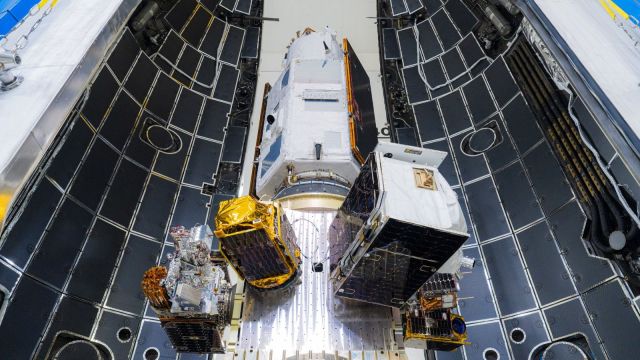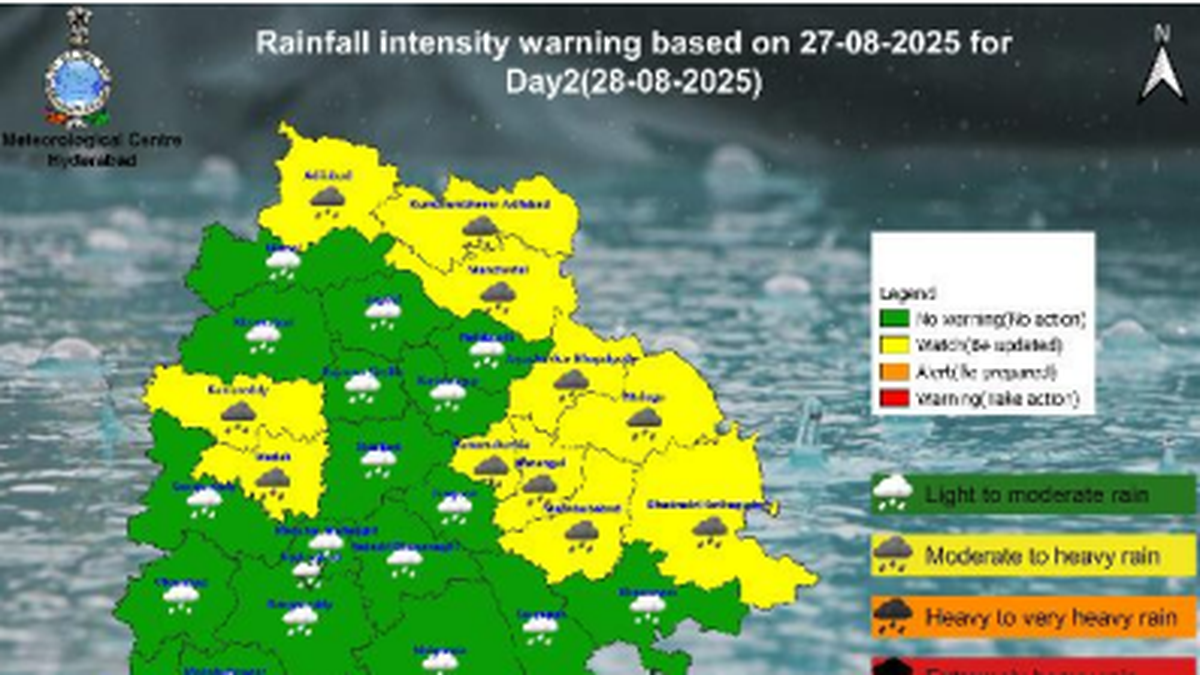ARTICLE AD BOX
 Pixxel plans to create an 18-24 satellite constellation, depending on customer needs. (Photo/X @DhruvaSpace)
Pixxel plans to create an 18-24 satellite constellation, depending on customer needs. (Photo/X @DhruvaSpace)
Three hyperspectral imaging satellites developed by the Indian startup Pixxel were successfully placed in orbit by SpaceX’s Falcon 9 rocket early Wednesday morning. The launch of the three satellites, along with the three launched earlier in January, marked the completion of the first phase of the Firefly constellation.
The same Falcon-9 mission also launched the payloads based on the P-30 satellite bus developed by the Indian startup Dhruva Space. A satellite bus is the backbone of a satellite that contains all essential sub-systems—power, propulsion, communication—on which the payloads are attached. Dhruva’s LEAP-1 contains two payloads: an advanced AI module and a hyperspectral imager.
Pixxel plans to create an 18-24 satellite constellation, depending on customer needs. With the first six satellites, the company will be able to provide global coverage every 24 hours. The satellites will also provide high-resolution images of the Earth at a 5-metre resolution, captured in 135 spectral bands.
The basic RGB images are captured in three spectral bands of visible light. A multi-spectral image is captured in four to 12 bands, ranging from visible to near-infrared light, while hyperspectral images are captured in 37 to more than 100 spectral bands, ranging from visible to short-wave infrared light. This produces detailed images that enable consumers to monitor Earth’s ecosystems with extreme accuracy. It also has significant potential in sectors such as agri-business, oil and gas, and mining.
While many earth observation satellites are capable of informing customers about crop health, hyperspectral images can tell which nutrients are missing from the soil. These images can also distinguish between different species and subspecies of crops, which is not possible with many other Earth observation satellites. This detailed data can help companies, say, predict their yields better. When it comes to the oil and gas sector, hyperspectral images can be used to detect invisible leaks of compounds such as methane or underground leaks that cannot be easily spotted. In the mining sector, it can be used to remotely map the minerals that are available in an area.
“Our earlier launches showed what was possible; this one shows what is next. Expanding to six Fireflies will transform hyperspectral imaging from isolated snapshots into a continuous planetary memory. With six Fireflies in orbit, the planet itself becomes a living laboratory. What was once invisible is now measurable, and what is measurable can finally be changed. For a better world for all to come,” Awais Ahmed, Pixxel CEO, said.
The company plans to expand its fleet with Honeybees, satellites that will work with Fireflies to establish a persistent, planet-wide health monitoring system. The Honeybees will enhance hyperspectral reading with further observation in the electromagnetic spectrum. Not only will they offer coverage in broader spectrum ranges, but they will also enable faster revisit times.
Story continues below this ad
A Pixxel-led consortium recently won the Indian National Space Promotion and Authorisation Centre (IN-SPACe) bid to set up the country’s fully-indigenous commercial earth observation satellite constellation in collaboration with the government.
Anonna Dutt is a Principal Correspondent who writes primarily on health at the Indian Express. She reports on myriad topics ranging from the growing burden of non-communicable diseases such as diabetes and hypertension to the problems with pervasive infectious conditions. She reported on the government’s management of the Covid-19 pandemic and closely followed the vaccination programme. Her stories have resulted in the city government investing in high-end tests for the poor and acknowledging errors in their official reports. Dutt also takes a keen interest in the country’s space programme and has written on key missions like Chandrayaan 2 and 3, Aditya L1, and Gaganyaan. She was among the first batch of eleven media fellows with RBM Partnership to End Malaria. She was also selected to participate in the short-term programme on early childhood reporting at Columbia University’s Dart Centre. Dutt has a Bachelor’s Degree from the Symbiosis Institute of Media and Communication, Pune and a PG Diploma from the Asian College of Journalism, Chennai. She started her reporting career with the Hindustan Times. When not at work, she tries to appease the Duolingo owl with her French skills and sometimes takes to the dance floor. ... Read More
Stay updated with the latest - Click here to follow us on Instagram
© The Indian Express Pvt Ltd



.png)
.png)
.png)
























 English (US) ·
English (US) ·